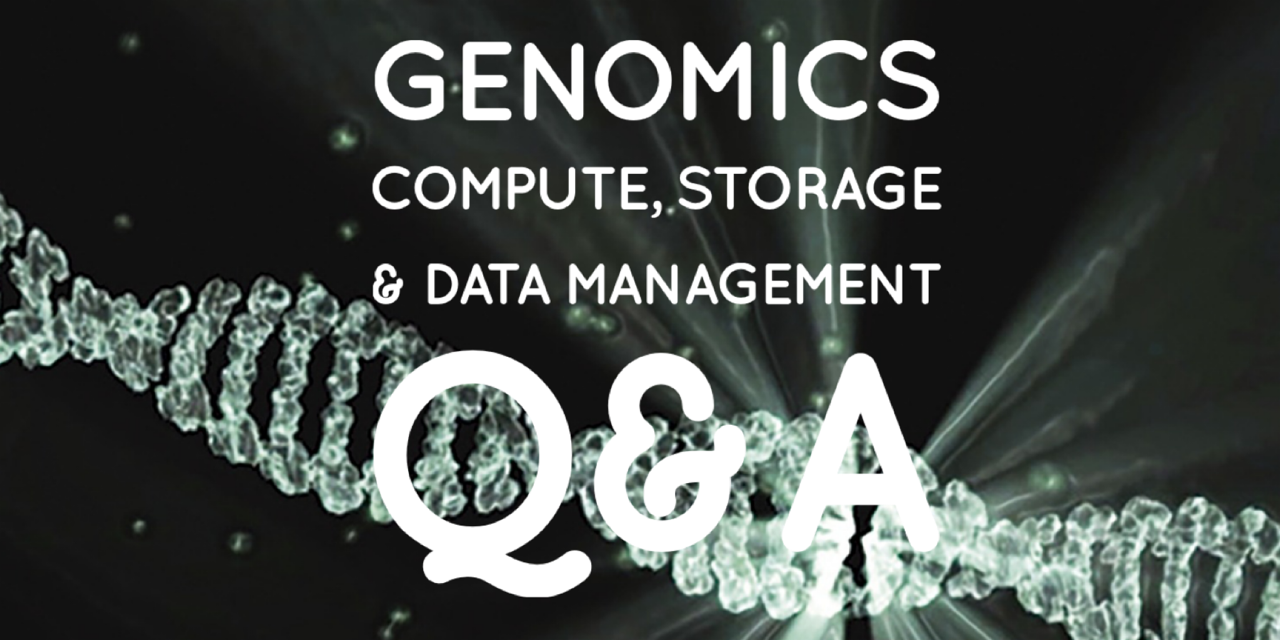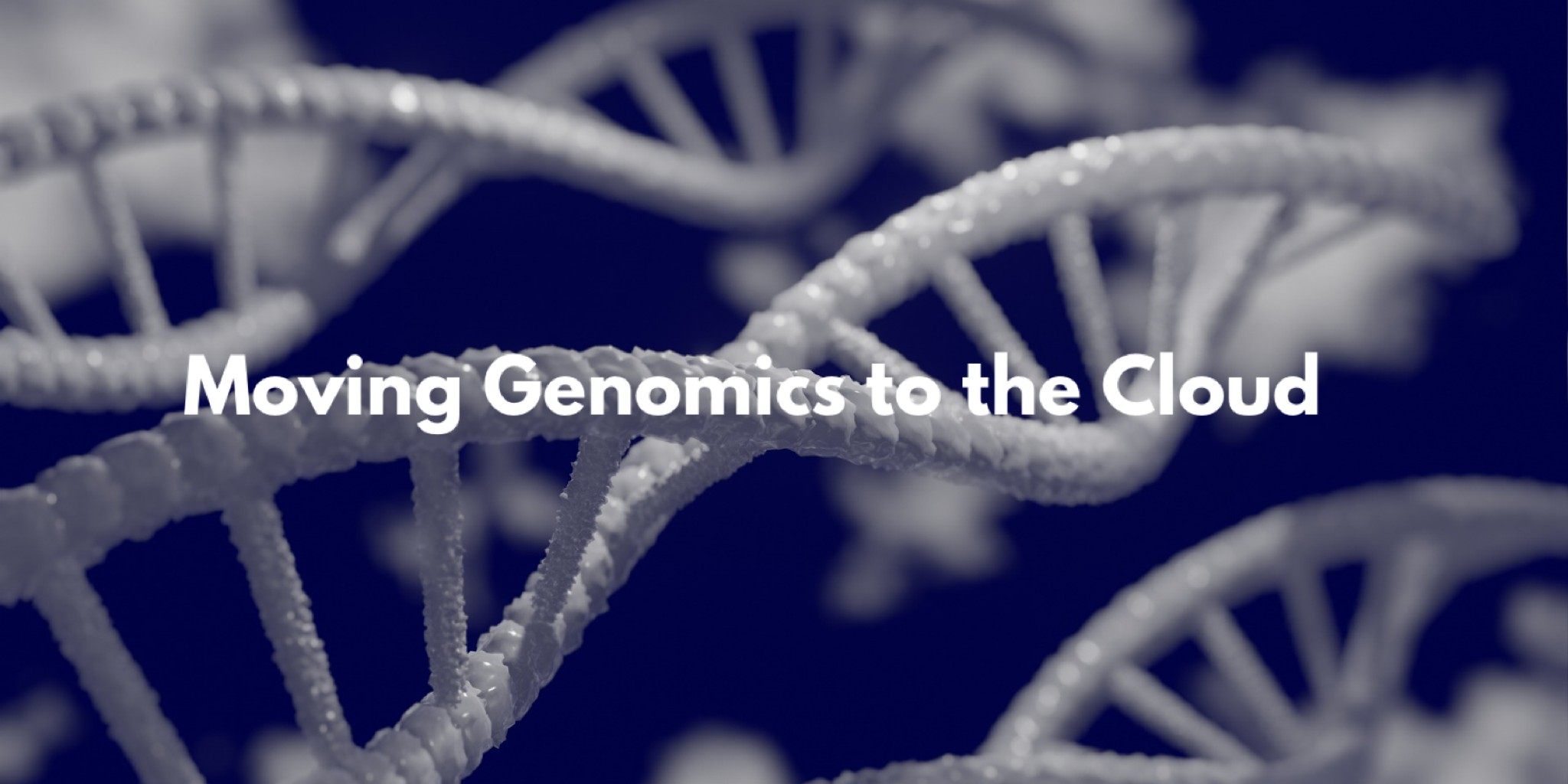
Storage for Automotive Q&A
Jan 10, 2022

Find a similar article by tags
5G AI Automotive Autonomous vehicles Cloud Storage Edge Computing Internet of Vehicles5G Industrial Private Networks and Edge Data Pipelines
Jan 5, 2022

- Edge can be defined and the current state of the industry
- Industrial Edge is being transformed
- 5G and Time-Sensitive Networking (TSN) play a foundational role in Industry 4.0
- The convergence of high-performance wireless connectivity and AI create new data-intensive use cases
- The right data pipeline layer provides persistent, trustworthy storage from edge to cloud
Leave a Reply
Storage Life on the Edge
Dec 20, 2021

Cloud to Edge infrastructures are rapidly growing. It is expected that by 2025, up to 75% of all data generated will be created at the Edge. However, Edge is a tricky word and you’ll get a different definition depending on who you ask. The physical edge could be in a factory, retail store, hospital, car, plane, cell tower level, or on your mobile device. The network edge could be a top-of-rack switch, server running host-based networking, or 5G base station.
The Edge means putting servers, storage, and other devices outside the core data center and closer to both the data sources and the users of that data—both edge sources and edge users could be people or machines.
This trilogy of SNIA Networking Storage Forum (NSF) webcasts will provide:
- An overview of Cloud to Edge infrastructures and performance, cost and scalability considerations
- Application use cases and examples of edge infrastructure deployments
- Cloud to Edge performance acceleration options
Attendees will leave with an improved understanding of compute, storage and networking resource optimization to better support Cloud to Edge applications and solutions.
At our first webcast in this series on January 26, 2022, “Storage Life on the Edge: Managing Data from the Edge to the Cloud and Back” you‘ll learn:
- Data and compute pressure points: aggregation, near & far Edge
- Supporting IoT data
- Analytics and AI considerations
- Understanding data lifecycle to generate insights
- Governance, security & privacy overview
- Managing multiple Edge sites in a unified way
Register today! We look forward to seeing you on January 26th.
Leave a Reply
Storage Life on the Edge
Dec 20, 2021

- An overview of Cloud to Edge infrastructures and performance, cost and scalability considerations
- Application use cases and examples of edge infrastructure deployments
- Cloud to Edge performance acceleration options
- Data and compute pressure points: aggregation, near & far Edge
- Supporting IoT data
- Analytics and AI considerations
- Understanding data lifecycle to generate insights
- Governance, security & privacy overview
- Managing multiple Edge sites in a unified way
Leave a Reply
Storage at the Edge Q&A
Sep 15, 2021

Leave a Reply
Genomics Compute, Storage & Data Management Q&A
Sep 13, 2021

Leave a Reply
Can Cloud Storage and Big Data Live Happily Ever After?
Aug 31, 2021

- A short history of Big Data
- The impact of edge computing
- The erosion of the data center
- Managing data-on-the-fly
- Grid management
- Next-gen Hadoop and related technologies
- Supporting AI workloads
- Data gravity and distributed data
Leave a Reply
Moving Genomics to the Cloud
Jul 27, 2021

- How to best store and manage large genomics datasets
- Methods for sharing large datasets for collaborative analysis
- Legal and ethical implications of storing shareable data in the cloud
- Transferring large data sets and the impact on storage and networking
Leave a Reply
Extending Storage to the Edge
Jul 19, 2021

- Emerging patterns of data movement and the use cases that drive them
- Cloud Bursting
- Federated Learning across the Edge and Hybrid Cloud
- Considerations for distributed cloud storage architectures to match these emerging patterns
Leave a Reply
Q&A: Cloud Analytics Takes Flight
Apr 28, 2021








Leave a Reply